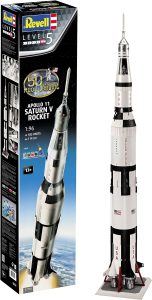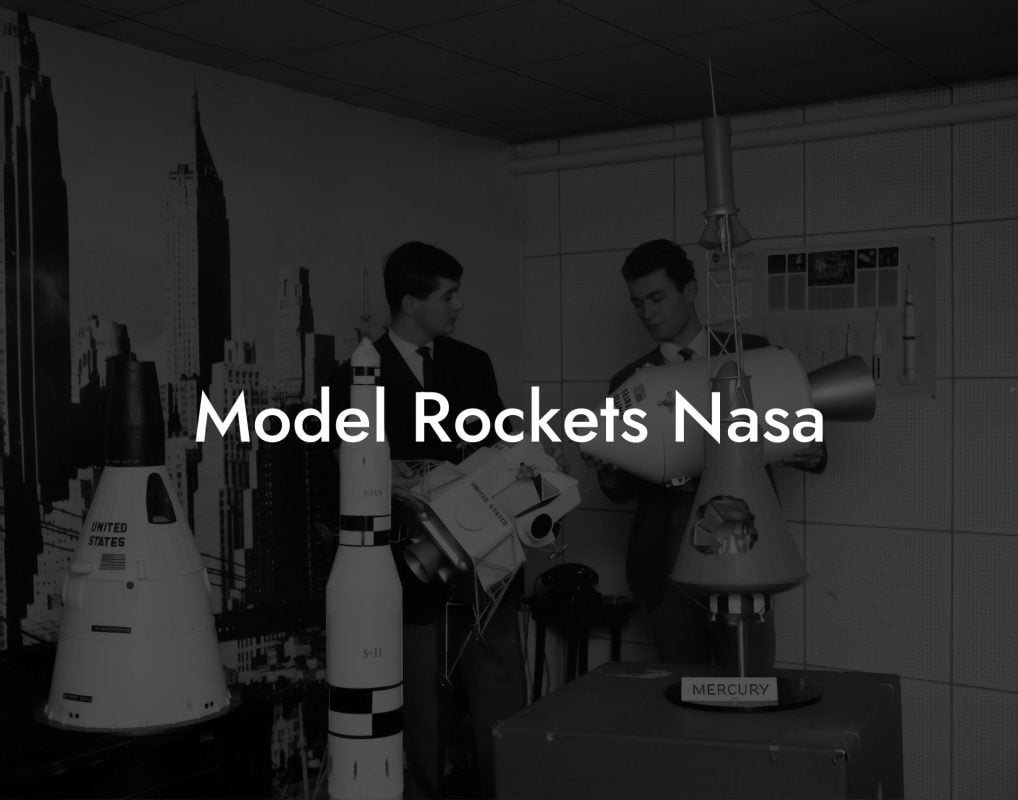Imagine the rush of launching your very own model rocket into the sky, watching as it soars to incredible heights and returns safely to Earth. But before you can experience that thrill, you need to make sure your rocket is built to last – and that starts with a clear body tube. In this comprehensive guide, we'll explore the importance of clear body tubes for model rockets, how they work, and what you need to know to choose the right one for your next project.
Quick Links to Useful Sections
What is a Clear Body Tube?
A clear body tube is a critical component of any model rocket, serving as the main structural element that houses the rocket's recovery system, electronics, and payload. Made from a transparent or translucent material, clear body tubes offer a unique advantage over traditional paper or plastic tubes – they allow you to see inside the rocket and monitor its performance in real-time.
But clear body tubes are more than just a novelty – they also provide a range of benefits that can improve the overall performance and durability of your model rocket. By allowing you to inspect the rocket's internal components, clear body tubes make it easier to identify and fix problems, reducing the risk of costly mistakes and improving your chances of success.
How Do Clear Body Tubes Work?
Clear body tubes work by providing a lightweight, yet incredibly strong, structure that can withstand the intense forces generated during launch and flight. Made from materials like polycarbonate or acrylic, clear body tubes are designed to be flexible and resilient, able to absorb shocks and vibrations without compromising the rocket's performance.
Inside the clear body tube, you'll typically find a range of components, including the recovery system, electronics, and payload. The recovery system, which includes the parachute or streamer, is designed to slow the rocket's descent and ensure a safe landing. The electronics, which may include components like altimeters and GPS trackers, provide critical data on the rocket's performance and trajectory. And the payload, which can include cameras, sensors, or other instruments, allows you to capture data or conduct experiments during the flight.
Looking For The Best Model Rocket Kits? You'll Love These:
Benefits of Clear Body Tubes
So why choose a clear body tube for your model rocket? Here are just a few of the benefits you can expect:
- Improved visibility: With a clear body tube, you can see inside the rocket and monitor its performance in real-time, making it easier to identify and fix problems.
- Increased durability: Clear body tubes are designed to be strong and resilient, able to withstand the intense forces generated during launch and flight.
- Enhanced performance: By providing a lightweight, yet incredibly strong, structure, clear body tubes can help improve the overall performance of your model rocket.
- Easy customization: With a clear body tube, you can easily add or remove components, making it easier to customize your rocket for specific missions or experiments.
Choosing the Right Clear Body Tube
With so many clear body tubes on the market, it can be tough to know which one is right for your next project. Here are a few factors to consider:
- Material: Look for clear body tubes made from high-quality materials like polycarbonate or acrylic, which offer a perfect blend of strength and transparency.
- Size: Choose a clear body tube that's the right size for your rocket, taking into account the diameter and length you need.
- Wall thickness: A thicker wall can provide added strength and durability, but may also increase the weight of the rocket.
- Compatibility: Make sure the clear body tube is compatible with your rocket's components and electronics.
Resources and community Support: Your Next Steps
Ready to take your model rocketry skills to the next level? Here are some resources and community support options to help you get started:
- Online forums: Join online forums and discussion groups, like Reddit's r/modelrockets, to connect with other model rocket enthusiasts and get tips and advice.
- Local clubs: Look for local model rocket clubs or organizations, like the National Association of Rocketry, to meet other enthusiasts and learn from their experiences.
- Tutorials and guides: Check out online tutorials and guides, like those on YouTube or Instructables, to learn new skills and techniques.
- Suppliers and manufacturers: Reach out to suppliers and manufacturers, like Estes or Apogee, to learn more about their products and get advice on choosing the right clear body tube for your needs.
Looking For The Best Model Rocket Kits? You'll Love These:
Useful Interruption: Dive deeper into the world of Model Rockets with our most popular sections. If there is anything you think is missing or anything you would love for us to write about, just give us a shout.
- Getting Started & Basics With Model Rockets
- Model Rocket Design, Build & Customization
- Model Rocket Propulsion & Engine Technology
- Model Rocket Launch Techniques & Recovery
- Model Rocket Advanced Rocketry & Innovations
- Model Rocket DIY and Customization
- Model Rocket Equipment Reviews & Digital Tools
- Community, Competitions & Education
- Model Rocket Troubleshooting & FAQs
- Model Rocket Bonus/Seasonal & Niche Topics
A group of model rocket enthusiasts gathered at a field for their weekly launch event. Among them was Dave, a seasoned builder known for pushing the limits of hobby rocketry. This time, he had outdone himself.
“Ladies and gentlemen,” Dave announced, dramatically pulling a cloth off his latest creation, “I present to you: The Kraken!”
The crowd gasped. This wasn’t just a model rocket, it was a monster. The thing stood 8 feet tall, had six clustered engines, and was covered in enough duct tape to qualify as a classified aerospace project.
“Dave,” muttered Steve, the cautious safety officer, “Have you, uh… done the math on this?”
“Math?” Dave scoffed. “I built it in my garage at 3 a.m. with parts from eBay. This is an art piece, Steve.”
The countdown began.
5…
4…
3…
2…
1…
The engines ignited with a BOOM, and The Kraken shot up… kind of. It immediately did a violent barrel roll, narrowly missing the spectators before skyrocketing at an angle that could only be described as “legally questionable.”
The crowd collectively ducked as The Kraken flew straight over the adjacent cornfield, where Old Man Jenkins, the grumpiest farmer in town, was minding his business.
KABOOM!
The rocket disappeared behind the barn. A moment later, a flaming piece of Estes igniter wire landed at Steve’s feet. The silence was deafening.
And then, an unmistakable sound echoed across the field.
Jenkins’ shotgun being cocked.
“DAVE!!!” Steve shouted. “RUN.”
And that was the day Dave invented the first-ever biologically powered rocket booster: pure adrenaline.
To this day, nobody knows where The Kraken landed, but legend has it, it still haunts the skies, terrifying unsuspecting drones and low-flying birds.















